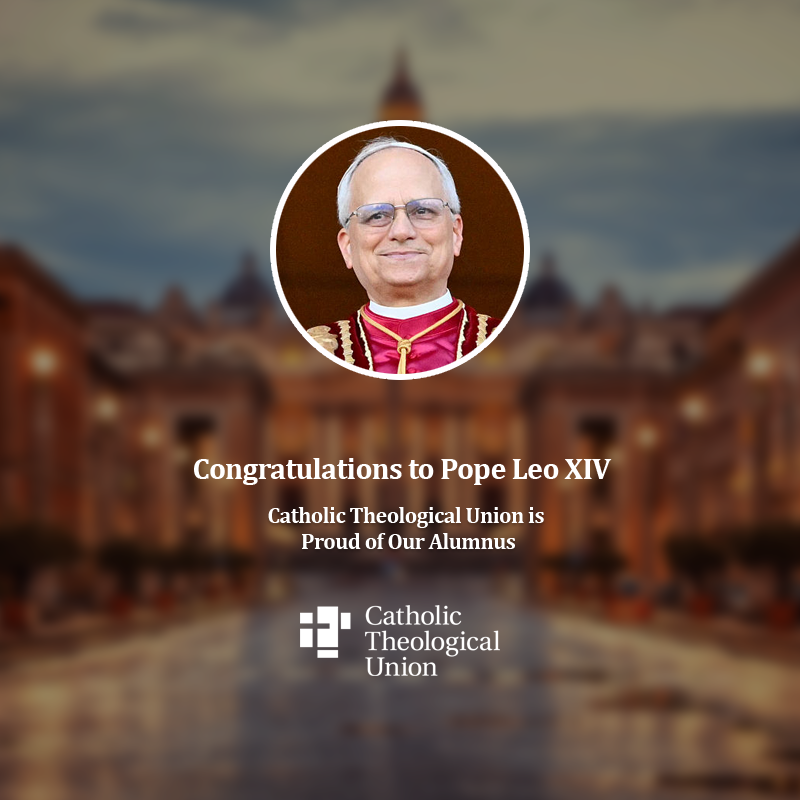Possible Preaching Themes
Possible Scientific Resources
- Growing in an Environment Alien To Your Calling: The Gospel seems to go against the capitalistic norms of Western society when we think of power and what it means to be successful. How do we live out the Gospel call today when the “soil” we are in does not foster this type of growth or way of being?
- Noticing and Being Inspired By Mutual Relationships: Listening to the Gospel for today, one can walk away wondering “can we create a world or space where these virtues are able to be lived out on a communal level?” Looking towards the role of relationship in the created world, can we learn something about forming right relationship and places or inclusivity and mutuality?
- Growing in an Environment Alien To Your Calling
- Plants being grown in soil that may not “naturally” be conducive to their growth and survival – adapting in our world and thriving as Christians.
- Nature the role of migration and movement and the growth of self and community
- Psychology of capitalism.
Noticing and Being Inspired By Mutual Relationships
- The psychology of hostile architecture (when mutualism is replaced by commensalism)
- Exploring mutualism and symbiotic relationships in nature
- Mutualism and human architecture, how do we as humans use this natural phenomenon to create communities and spaces?
- Researchers map symbiotic relationships between trees and microbes worldwide
Homily Outline Combining Resources
Homily Outline: Noticing and Being Inspired By Mutual Relationships
- Being mindful of spaces we create
- When the Cathedral in Paris, Notre Dame, caught fire, it captivated the world’s attention.
- Not only is Notre Dame a historically important space of worship for the people of France, particularly Paris, architecturally it is a stunning piece of work.
- Historically architecture has been a way to glorify God and inspire awe and wonder in the human mind.
- Architecture constantly is evolving, changing, and showing the ingenuity of the human mind – particularly as we are expanding our understanding of new materials and physics.
- Yet, it can also be exclusive and hostile.
- Share examples of hostile architecture in local context (example: park benches with an “arm rest” in the middle to make it difficult for those experiencing homelessness to rest)
- Invitation to think of spaces we occupy, particularly the Church, does the space put those who are other abled at a disadvantage? Does the grounds of the Church work well with nature or do we have lots of concrete – or if there is lots of green, is it natural or require lots of water and harsh chemicals?
- Yet, it can also be exclusive and hostile.
- When people come to our spaces, see our churches, have we created spaces of welcome.
- “architecture is more than just the built environment, it is also part of our culture. It stands as a representation of how we see ourselves, as well as how we see the world.” (HMC Architects)
- When they come to the spaces we create and occupy as Christians, will they see marks of God (1 John 3:1)
- Are our spaces awe inspiring but exclusionary?
- Acknowledging the Divine calls us into community: looking towards nature and the communion of saints
- To create welcoming/accessible spaces, as a faith community we can look towards the Divine Architect and natural creation for inspiration.
- Putting symbiotic relationships and mutualism at the core of creating community
- Explore examples of symbiotic and mutual relationships in nature
- Noticing the beauty of mutual and symbiotic relationships, both in our world and in the cosmos, not only uncovers the awesomeness and goodness of our Creator, it also invites us to mimic this in our everyday creating and living out of community.
- How can the space and communities we create benefit creation and our neighbors?
- The more we uncover the beauty and interconnectedness of creation, the more we are invited into not only caring for it but being in a mutual relationship with all of creation.
- Yet, this mutual relationship does not just stop with environmental concerns or at the awe and wonder of how incredible the cells in plant work or how forests care for themselves.
- The mutuality and symbiotic relationships that we observe teach us how to be in right relationship with each other and form inclusive communities where there we foster as peacemakers, and where our hunger and thirst for equality and justice is quenched (Matt 5:6, 9).
- Forming these relationships aids us in seeing the face of the Creator in all things and in all people.
- Caring for and Fostering for our community
- The Solemnity of All Saints, points to how we as a community we can be inspired by living out and establishing a mutual and symbiotic relationship(s) found within nature
- Examples of Saints and Communities who have done this are:
- Hildegard of Bingen pointing towards nature
- Franciscan tradition of an inclusive view of all creation (humans, animals, cosmos, etc.)
- Taizé creating space of welcome
- When we realize how much these symbiotic and mutual relationships are a part of not only the natural world, but particularly as part of our faith life and community we become the living beatitudes.
- Our daily actions of creating spaces of welcome will not feel like work, it will become a natural functioning of both our community as a whole and within your individual life.
- Let us gaze upon creation so as to be inspired by the Divine Architect who created a world where all are welcome and right relationship and mutuality is at the core of being.
Related Homily Outlines
Couldn’t find what you’re looking for?
Try searching with another filter

Preaching with Sciences

Edward Foley, Capuchin
Duns Scotus Professor Emeritus of Spirituality
Professor of Liturgy and Music (retired)
Catholic Theological Union
Vice-Postulator, Cause of Blessed Solanus




